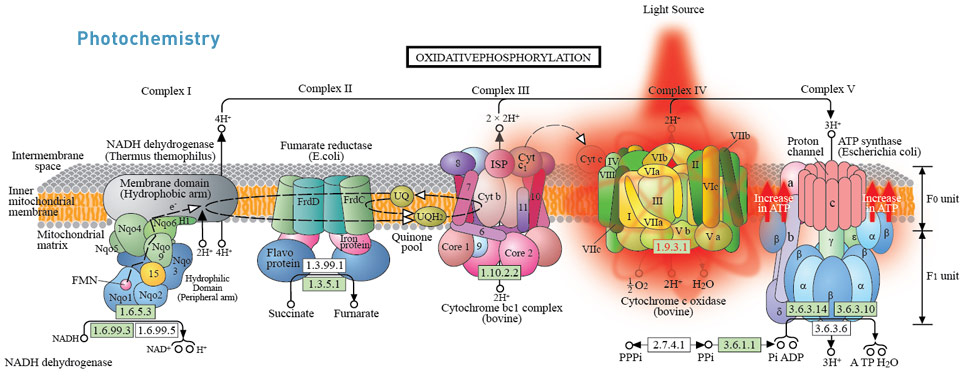Low-level laser therapy (3LT®) is the unique delivery of specific photons (particles of light) in order to stimulate non-photosynthetic cells or non-light absorbing cells. 3LT® uses very low power but is capable of generating a beneficial clinical outcome because of proper depth of penetration and wavelength (color of light). Light is generally emitted in a non-coherent manner; meaning, photons travel without uniformity and move in random directions and at random angles. Even therapeutic devices, such as Light Emitting Diodes (LED), employ non-coherent light sources. For these devices, they unfortunately lack an important component of light known as volume coherency, and therefore do not offer sufficient depth of penetration. Etiologies, or the cause of some disorders disrupting the normal lifestyle of your animal companion, may be too deep for this basic delivery mechanism. The use of a low-level laser device however delivers photons in a tight parallel manner, increasing volume coherence and therefore depth of penetration allowing low-level laser therapy (3LT®) to serve as a more effective medical instrument (Figure 1).
Numerous clinical investigations have compared the effectiveness of LED and laser devices and have consistently demonstrated that low-level laser therapy, when treating animals and humans, produced better outcomes.
In addition to the manner in which the light is delivered, it is important that the appropriate wavelength is used to maximize cellular response. Positioned within non-photosynthetic animal cells are receptors that are actually photosensitive and thus capable of absorbing specific wavelengths. The absorption of light energy triggers this receptor to enter an excited state enhancing its function and increasing the efficiency of its role.


